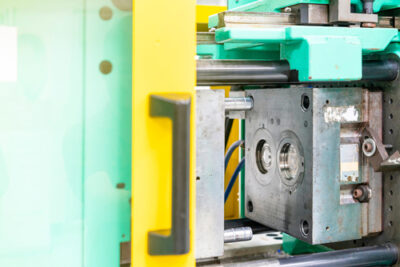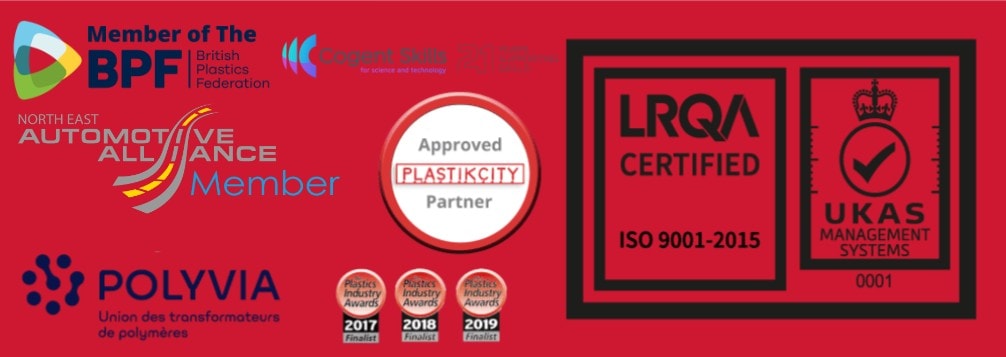Article Contents
Introduction
Plastic injection mould tools are the backbone of modern mass production, enabling the creation of countless plastic products we rely on. Let’s dive deeper into these remarkable tools to understand their intricacies.
The Anatomy of a Mould Tool
- Core and Cavity: The core and cavity halves form the negative space that shapes the plastic part. Intricate machining creates fine details and surface textures in the mould.
- Sprue, Runners, and Gates: The sprue is the primary channel where molten plastic enters the mould.
- Runners: are channels that distribute the plastic from the sprue to different areas of the mould.
- Gates: are the precise entry points where plastic flows into individual part cavities.
- Ejector System: Ejector pins, plates, or sleeves are used to push the solidified part out of the mould once it has cooled.
- Cooling System: A carefully designed channel network carries water or other coolants to regulate the mould’s temperature, ensuring uniform cooling and preventing defects.
- Clamping Mechanism: The mould is mounted on platens within the injection moulding machine. Powerful hydraulic or mechanical systems clamp the mould halves with immense force to prevent leakage during injection.
Design Considerations
- Part Complexity: Highly complex parts may require side-actions or slides within the tool to create undercuts or intricate features.
- Shrinkage: To compensate for shrinking plastic, designers make the mould slightly larger.
- Draft Angles: Adding slight tapers to the mould tool walls helps with easy part ejection.
- Venting: Strategic vents allow trapped air to escape, preventing burn marks, short shots (incomplete filling), and other defects.
- Surface Finish: The mould’s internal surfaces directly affect the final part’s surface quality. Polished, textured, or etched finishes can be created in the mould.
Material Selection
- Tool Steels: Common for their strength and wear resistance (e.g., P20, H13).
- Aluminium: Used for lower volume production or prototyping due to faster machining but less durability than steel.
- Beryllium-Copper Alloys: In contrast to other materials, they offer excellent thermal conductivity for rapid cooling in specific areas of the mould.
Advanced Technologies
- Hot Runner Moulds: Maintain a heated runner system to reduce waste and allow for faster cycles.
- Multi-Cavity Moulds: Contain multiple cavities of the same part to increase production output.
- Stack Moulds: Have numerous levels of cavities for even higher production capacity.
- In-Mould Labelling (IML): Integrates labels or decorations directly into the part during moulding.
- Insert Moulding: Allows for embedding metal or other materials into the plastic part.
Cost and Maintenance Factors
- Mould Tool Complexity: Intricate designs, multiple cavities, and advanced features increase mould cost.
- Production Volume: Higher production quantities justify the investment in more durable steel moulds.
- Maintenance: Regular cleaning, inspection, and repair are essential for prolonging mould life and ensuring consistent part quality.
Conclusion
Plastic injection mould tools are marvels of engineering that push the boundaries of manufacturing. Their design involves careful consideration of material properties, part geometry, production volume, and advanced technologies to deliver plastic products efficiently and with exceptional quality.
We offer customised engineering styrenics tailored to your product’s needs, from colour to application-specific physical properties. Call us on +44 (0) 191 378 3737 or visit our contact page to discuss your requirements.




